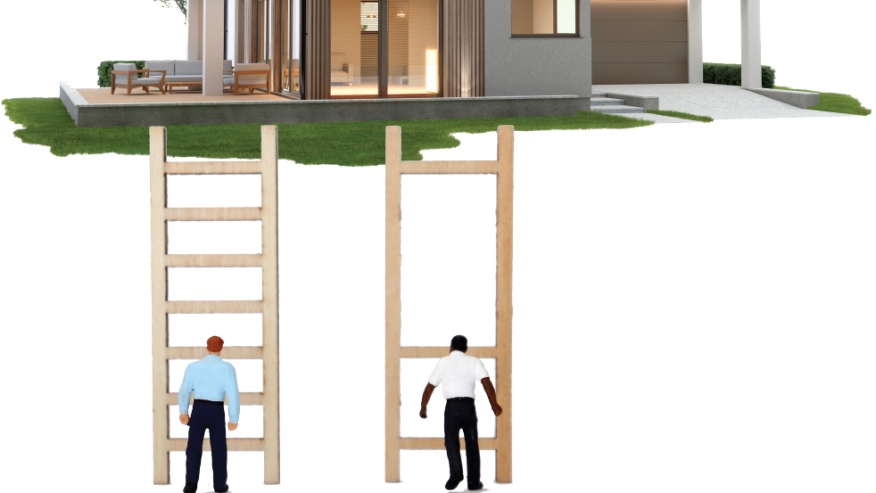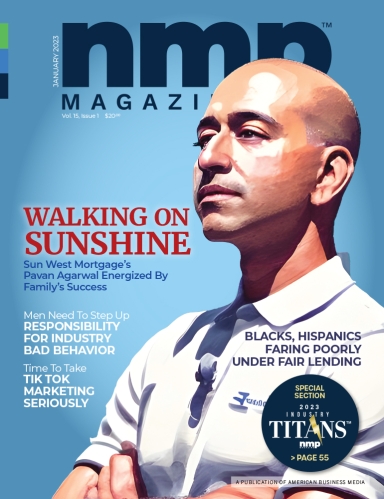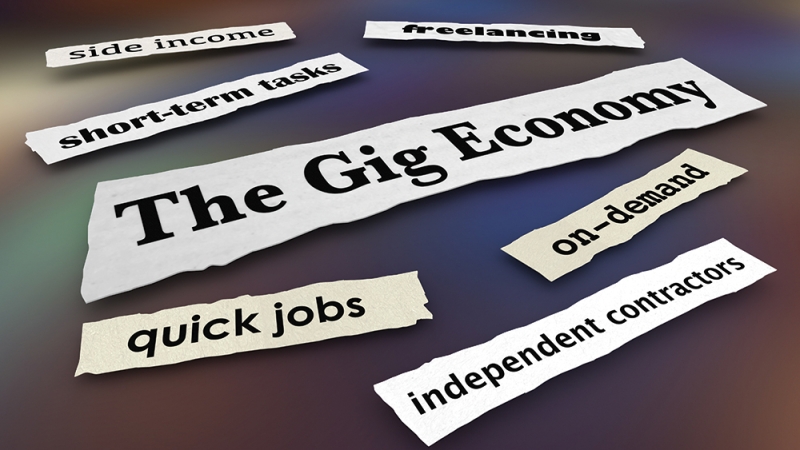Overall, however, neither Blacks nor Hispanics nor Native Americans have made any headway over the previous three decades compared to their white counterparts, the study found. And another report, this one from a group of Black realty agents and brokers, reinforces FairPlay’s finding.
According to the National Association of Real Estate Brokers’ “State of Housing in Black America,” the percentage of Blacks securing loan approval has been stuck at 7% since 2019. In 2008, it was just 6%, so it’s a tick better. But Blacks represent 12% of the U.S. population!
The two studies, which dropped the week after Thanksgiving, both base their findings on data collected from lenders under the Home Mortgage Disclosure Act, the most comprehensive publically available source that identifies race, ethnicity, and gender for mortgage applications.
FairPlay, an AI tool that identifies fairness-as-a-service solution for financial institutions reviewed all HMDA mortgage application data, including almost all mortgage applicants, from 1990 to 2021 — some 350 million transactions in all. And its 27-page “State of Mortgage Fairness” evaluated how much mortgage fairness has changed — or not — in the past 30 years.
Stuck In Neutral
NAREB’s 100-page document is an annual endeavor, with this year’s study using 2008 as its base year “so we can better understand Black homeownership progress since the height of the foreclosure crisis and the damage of predatory lending,” President Lydia Pope, who operates two real estate firms in Cleveland, explained in the report’s forward. The group isn’t widely known, but it has been active for 73 years.
“Stuck in neutral” is how the FairPlay study describes mortgage fairness — or better perhaps, the lack of same — for African Americans. That’s especially true in five Southern states — Alabama, Arkansas, Louisiana, Mississippi, and South Carolina — where persistent discrepancies in loan approvals are “deep and persistent” no matter how strong the macro-economic environment is.
The FairPlay study suggests an “alarming drop in mortgage fairness” for Native Americans and Latinos as well. The fairness meter has improved only for women. (Its Adverse Impact Ratios, which are borrowed from an employment context, measure the rate of approval for protected status applicants for the control group, in this case lucre.)
“Our analysis shows that decades of policy interventions and economic reforms to equalize lending opportunities have largely failed to reduce the gap in loan approvals” between most minorities and Whites, the report maintains. While last year’s slight increase in underwriting fairness is an encouraging sign, we believe the persistent disparities in mortgage lending for Black and Native American borrowers deserves policymakers’ attention.”
NAREB has some thoughts on that score. The Maryland-based group’s recommendations are comprehensive. But, according to its study, “they recognize that significant actions must be taken to genuinely offer” Blacks a shot at the brass ring, otherwise known as the American Dream.
Release The GSEs
The report lists six changes it deems necessary to put Black home buyers on an even playing field. But above those, fixing “the broken housing finance system itself” by turning Fannie Mae and Freddie Mac into the federal corporation structure is Job One.
NAREB says the “most direct route” to accomplish its goals is to release the GSEs from conservatorship and re-charter them as a single and independent federal housing and community investment corporation that would eschew lucre and focus on expanding affordable housing. “Rather than profits,” the group says, “the new agency could lower borrowing costs for all consumers by eliminating fees and risk-based pricing.”













